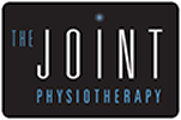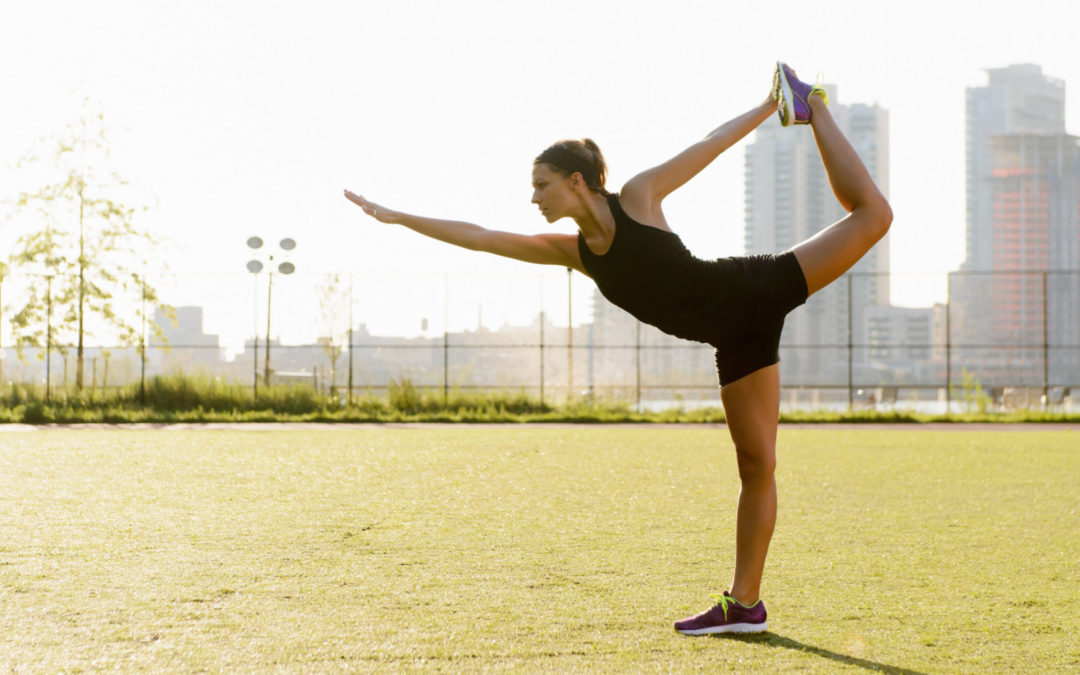What is proprioception and why does it need to be rehabbed as much as strength and range of movement?
Written by Katsu Inoue, Physiotherapist at The Joint Physio
In my last blog about ankle sprains, I mentioned that it is essential to complete a thorough rehab program before returning to play any type of sport. This is because your range of motion, strength and coordination skills do not spontaneously recover after an injury.
Have you ever heard the term proprioception? It’s the ability to detect the position and angle of relative joints within the body and various muscle activities that control their movement without being conscious of it.
Your ligaments, muscle fibres and tendons contain cells to detect these changes as they are lengthened or shortened. This information is integrated with the information from the vestibular system within your inner ear (main sensory organ of balance) to the brain, to sense position and acceleration/deceleration of joint movements.
Let’s do a little experiment now. Stand on one leg and close your eyes. You can feel your body start to sway a little but you don’t trip over, at least not so easily. This is exactly what proprioception is. Your body knows if you are swaying forward, backward or sideways and it corrects itself before you fall over by activating and relaxing particular muscles, even without visual information. The main proprioceptive input of the lower limbs to control balance comes from ankle, knee and hip (hence they are called ankle/knee/hip strategy).
So you can imagine proprioceptive demand is much greater in sports. When you have an injury, for instance, when you sustain an ankle sprain, the proprioceptive input from your ankle may be significantly disrupted. Just like strength and range of motion, you can only restore and improve proprioception by re-training through proper rehab and exercise. Improving proprioception not only enhances your sports performance but makes a big difference in reducing a likelihood of future re-injury.

